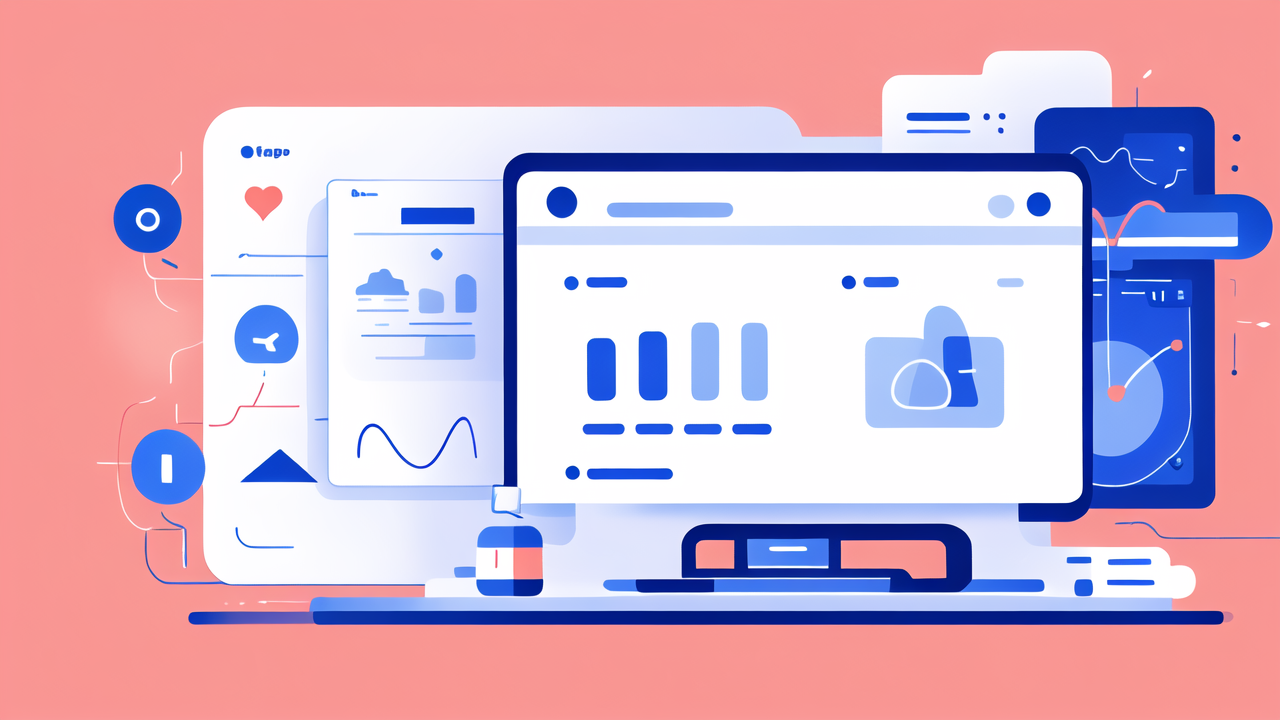Understanding the Shift in Health Monitoring through Fashion
The Evolution of Health-Tracking Devices
Health tracking has come a long way from simple pedometers. Early devices were bulky and limited.

Today, we have sleek smartwatches and fitness bands. These gadgets track steps, heart rate, and sleep.
But the real game-changer is smart apparel. Clothes with built-in sensors are now a reality.
These high-tech garments can monitor more than just basic health metrics. They track posture, muscle
activity, and even stress levels. The shift from wrist-worn devices to smart clothing is significant.
It allows for more accurate and comprehensive health monitoring. As technology improves, we can expect
even more advanced features in our everyday wear.
The Integration of IoT Technology in Wearable Apparel
IoT, or Internet of Things, is key to smart apparel. It connects clothes to the digital world.
Sensors in the fabric collect data on our body's functions. This data is then sent to our phones or
the cloud. IoT enables real-time health monitoring and analysis. It makes our clothes 'smart' and
interactive. For example, a smart shirt can alert you if your heart rate is too high. Or smart socks
can track your running form and suggest improvements. The possibilities are endless with IoT in
clothing. It's not just about tracking; it's about creating a connected health ecosystem.
Ethical Considerations in Health Monitoring
As smart apparel grows, so do ethical concerns. Privacy is a major issue. These clothes collect
sensitive health data. How is this data stored and used? Who has access to it? There's also the
question of consent. Are users fully aware of what data they're sharing? Another concern is the
digital divide. Not everyone can afford high-tech clothing. This could create healthcare disparities.
There's also the risk of over-reliance on technology. We must balance tech with traditional healthcare.
Addressing these ethical issues is crucial for the future of smart apparel.
Key Drivers for Health Monitoring in the Wearable Market
Chronicling Lifestyle and Wellness Trends
Smart apparel is riding the wave of wellness trends. People are more health-conscious than ever.

They want to track their fitness, diet, and overall well-being. Smart clothes make this easy and
seamless. They can monitor daily activity, calories burned, and even hydration levels. This data
helps users make informed lifestyle choices. It's like having a personal health coach in your clothes.
The trend goes beyond just fitness. Mental health monitoring is also gaining traction. Smart apparel
can track stress levels and sleep quality. This holistic approach to health tracking is a key driver
in the market.
The Role of AI and Machine Learning in Health Monitoring
AI and machine learning are revolutionizing smart apparel. These technologies can analyze vast amounts
of health data. They can spot patterns and trends that humans might miss. For example, AI can predict
potential health issues based on your data. It can also provide personalized health recommendations.
Machine learning helps the devices get smarter over time. They learn your habits and adjust accordingly.
This makes health tracking more accurate and useful. AI can also help in early disease detection.
It can spot subtle changes in your health metrics. This could lead to earlier interventions and better
outcomes.
The Influence of Wearable Apparel on Healthcare Systems
Smart apparel is changing how we approach healthcare. It's shifting the focus from treatment to
prevention. With constant health monitoring, issues can be caught early. This could reduce hospital
visits and healthcare costs. Doctors can also use this data for better diagnoses. It gives them a
more complete picture of a patient's health. Wearable apparel could also improve remote healthcare.
Patients can share real-time health data with their doctors from home. This is especially useful for
managing chronic conditions. Insurance companies are taking note too. Some offer incentives for using
health-tracking devices. The healthcare system is slowly adapting to this new technology.
Future Perspectives: The Impact of Smart Fashion on Health
Innovations on the Horizon for Health-Tracking Apparel
The future of smart apparel is exciting. We can expect even more advanced sensors and features.

Clothes might be able to monitor blood sugar levels for diabetics. Or detect early signs of heart
disease. Some researchers are working on smart fabrics that can change temperature. This could help
with conditions like arthritis. There's also potential for clothes that can administer medication.
Imagine a shirt that releases pain relief when it detects muscle strain. Another area of innovation
is in mental health. Future smart clothes might be able to detect and help manage anxiety or depression.
The possibilities are vast and could transform how we manage our health.
The Importance of Regulation and Standardization
As smart apparel becomes more common, regulation becomes crucial. There needs to be standards for
accuracy and reliability. After all, people are basing health decisions on this data. Privacy and
data security regulations are also key. They'll ensure that sensitive health info is protected.
There's also a need for standards in how the data is presented. It should be easy for both users and
healthcare providers to understand. Standardization could also help with interoperability. Different
devices and apps should be able to work together seamlessly. This will make the technology more useful
and accessible. Regulatory bodies are starting to take notice of this growing field.
Predicting the Long-Term Health Benefits of Wearable Technology
The long-term impact of smart apparel could be significant. It has the potential to improve public
health on a large scale. With constant health monitoring, we might see a rise in early disease detection.
This could lead to better outcomes and longer lifespans. Smart clothes could also encourage healthier
lifestyles. When people can see their health data, they're more likely to make positive changes.
In the long run, this could reduce the burden on healthcare systems. It might also lead to more
personalized medicine. Doctors could use the wealth of data to tailor treatments to individuals.
While it's early days, the potential for smart apparel to revolutionize health is immense.




Leave a comment
This site is protected by hCaptcha and the hCaptcha Privacy Policy and Terms of Service apply.